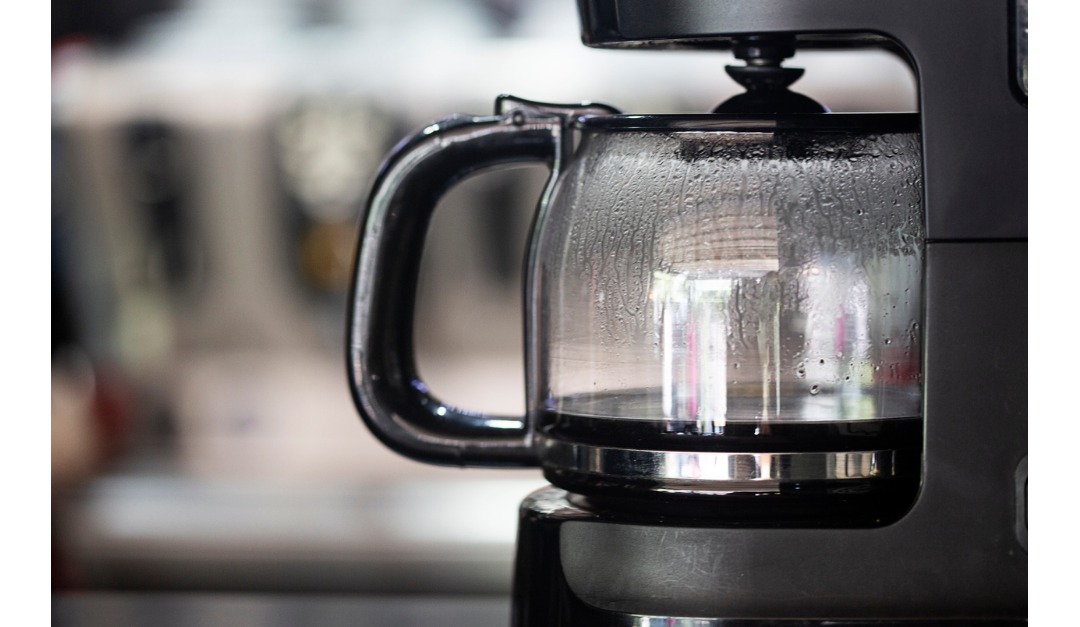People love coffee. Many adults start their day off by drinking it, and some swear they can’t even function without first downing a cup (or three) of the beverage to get a caffeine-fueled boost.
If you brew your own coffee at home or the office, it’s important to keep the coffee maker clean. Without proper maintenance, the machine can accrue germs, mineral buildup, oily sludge and other gunk over time. That nasty stuff can prevent the coffee maker from operating at its best, create funky-tasting cups o’ joe and potentially affect your health.
Luckily, keeping your coffee maker clean and working properly is simple.
Deep Clean
Make sure you give your coffee machine an occasional deep cleaning. There’s a variety of cleaning solutions out there that you can purchase online or at the store. If you opt to buy one, simply follow the product instructions. However, you could save some money by instead using a tried-and-true household cleaning solution: vinegar. It’s a natural disinfectant and descaling agent.
If you use a traditional drip coffee machine, do a deep cleaning once every month or two. Start by filling the reservoir with a mixture of half water and half white distilled vinegar. Put the coffee pot in place, and turn the machine on. About halfway through the brewing cycle, shut off the coffee maker. Let it sit for 30 minutes. Afterwards, turn the machine back on to finish the cycle. Dump out the full pot, and rinse it with water. To fully flush out the vinegar solution, brew a full pot of plain water through the machine two or three times until the vinegar smell disappears.
If you use a Keurig single-serve coffee machine, the process isn’t much different. However, you can probably get away with doing a deep cleaning once every three months. Fill the reservoir with a 50/50 vinegar and water solution. Brew a cup without inserting a K-Cup, and let the mug collect the liquid. Dump the mug out, and repeat brew cycles until the reservoir is empty. Let the machine rest for 30 minutes. Rinse out the reservoir, and repeat the process using plain water until the residual vinegar is gone.
If your Keurig isn’t brewing well, you may need to start with the extra step of unclogging the machine’s puncture needles. You can carefully use a paperclip to dislodge any coffee grounds that got stuck in the needles or buy a designated needle-cleaning tool.
Regular Cleaning
To really combat buildup and germs, you should wash your coffee machine regularly. For a drip coffee maker, that means washing the brew basket, coffee pot and other removable parts after every use. You can handwash them with soapy water or put them in the dishwasher. Finish by wiping down the machine with a wet cloth or sponge. Because a Keurig uses disposable K-Cups, you don’t necessarily need to clean the machine daily. Once a week, wash the mug tray and K-Cup holder.
Regardless of which type of coffee maker you use, consider brewing with filtered water over tap water. Especially if it’s hard, tap water can quickly cause mineral buildup.
For more maintenance information, review the owner’s manual for your machine. Just make sure to read it while enjoying a fresh cup of java.











